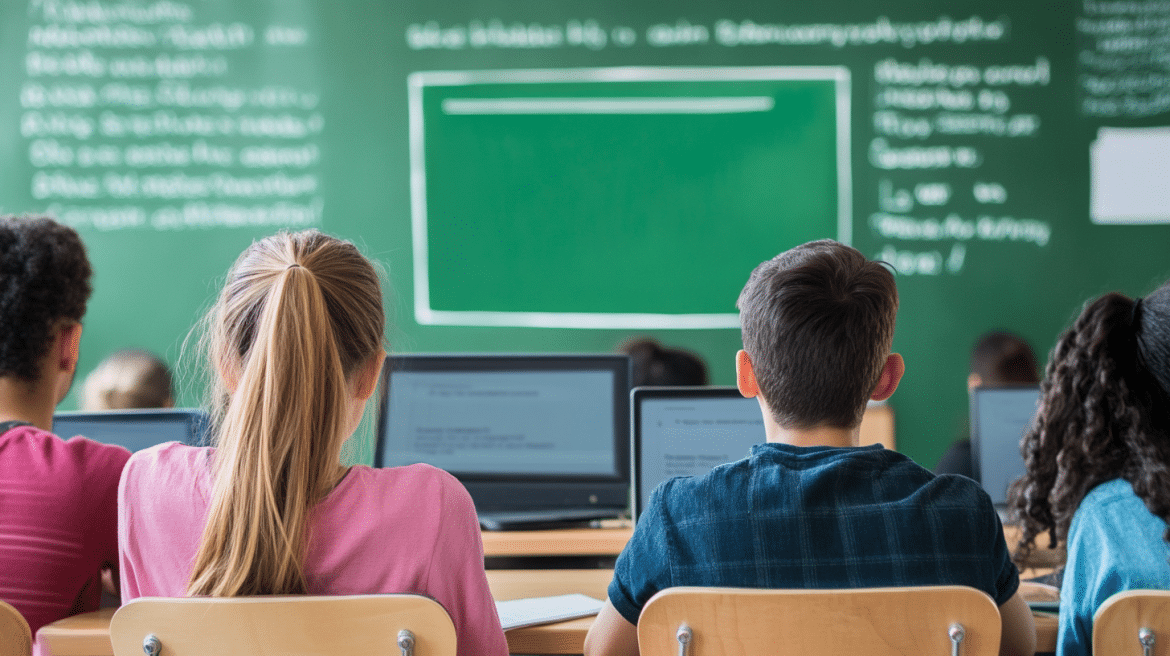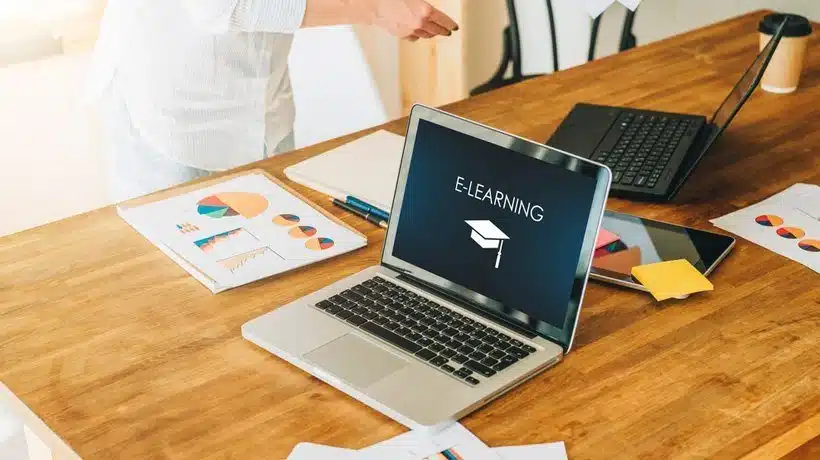Education is an integral part of human development. Throughout history, people have endeavored to increase their knowledge and competencies. Traditionally, students attended schools with lecture halls and classrooms where learning occurred.
The technological revolution has led to the transition to online learning with an influx in writing centers and tutoring services.
Although the mode of passing information in the virtual learning environment differs from the traditional one, the content and quality of the education are uncompromised.
Flexibility
One difference between traditional and online learning is that the latter offers better flexibility to learners. In the conventional setting, there is a specific physical space for learning and a fixed time for every lecture.
Conversely, online learning can occur anywhere worldwide if learners can access an Internet connection and a computer. There is also flexibility in the time since the teacher can record each lesson and upload it for students to set a personalized pace.
Independence
In the classroom method, students have physical interactions with their colleagues and teachers. The learning is interdependent and happens at the same time for all the learners studying the same course for a specific time period.
Online learning is different as student enrollment is continuous. Thus, the student works alone at home or in the office and may occasionally join in a virtual discussion and communicate with the tutor through emails.
Financial Cost
Online learning is more accessible and affordable than the traditional approach because of the maximization of the available resources.
For instance, a single lecturer can simultaneously tutor more than a high number of students in online learning. However, in the traditional approach, the class size may limit the student-to-teacher ratio. Furthermore, traditional learners incur additional costs for accommodation and transport.
Social Interactions and Networking
Unlike traditional classrooms, where people can talk and socialize with each other, online learning limits such opportunities.
In conventional schools, learners had various co-curricular activities and games that fostered community, teamwork, and shared experiences. Virtual learning offers fewer opportunities for interaction and professional networking, resulting in boredom, especially when engaged in other activities.
Learning Resources
In both traditional and virtual education approaches, students access plenty of learning resources for personal studies. Books and dissertations are available in school libraries. Similarly, there are many online databases where virtual students can access research papers and other materials.
Moreover, most of the hardcopy books have softcopy versions. In turn, students may use a legit writing service, such as Wr1ter, for completing their essays and research papers with credible sources.
Assessment
Similar to traditional classrooms, where teachers assess students to gauge the level of their understanding, virtual tutors often set exams and assignments for their learners.
In this case, lecturers mark exams or standard tests in both teaching approaches and provide student feedback. The types of assessments are also similar as they can be take-away assessments or timed exams.
Quality
The quality of education for both traditional and online approaches is excellent. Various educational institutions must ensure that the learning is standardized.
Tutors must provide a scheme of work and course objectives as students demonstrate commitment to their studies. The people who learn in traditional classrooms receive quality education, similar to those in virtual learning.
Conclusion
Online learning is increasingly replacing the traditional lecture hall methods while retaining high standards and quality. Traditionally, people received education in physical classrooms and had to commute or look for accommodations nearby.
The approach used in virtual learning differs as people use the power of technology and the Internet. Hence, students have more options in selecting the best mode of learning that suits their requirements and financial capabilities.



